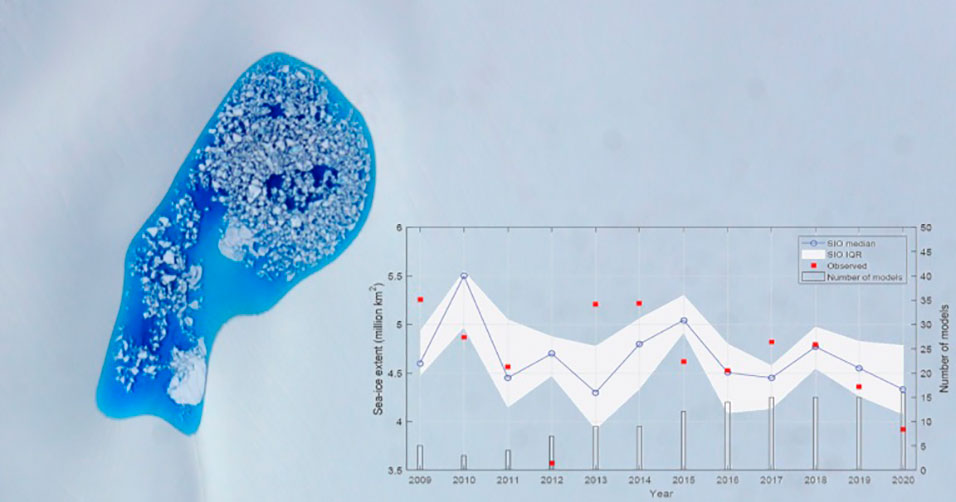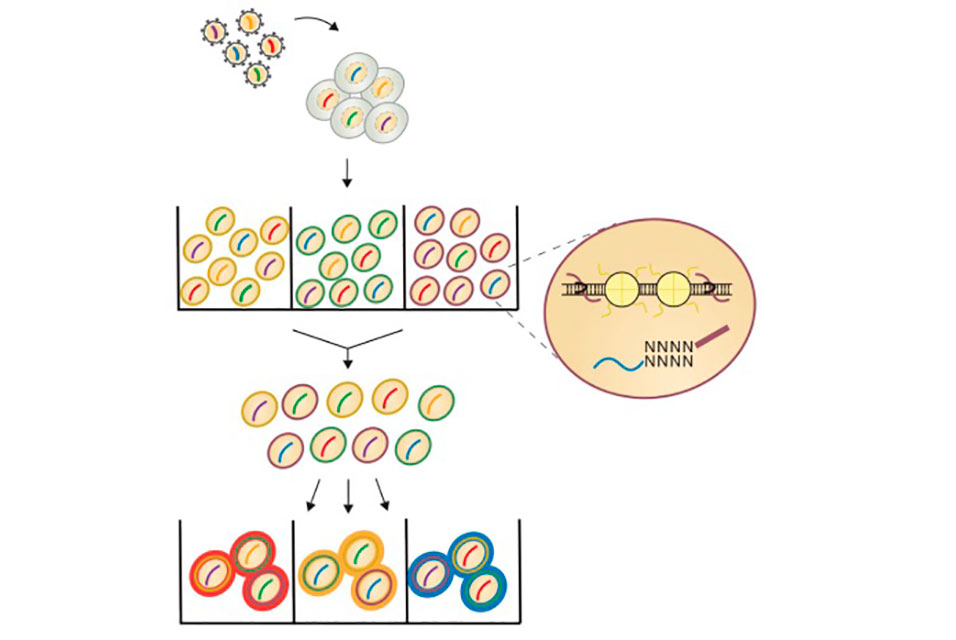BEIJING.- As an indicator and "amplifier" of global climate change, the Arctic's health and stability is the cornerstone of the stability of climate system. It has experienced amplified warming and extensive sea-ice retreat in recent decades.
Researchers from the
Institute of Atmospheric Physics of the Chinese Academy of Sciences and their collaborators found that it's challenging to accurately predict the Arctic sea-ice extent (SIE) on subseasonal-to-seasonal time scales, especially in extreme years. The commentary was published in Atmospheric and Oceanic Science Letters.
They summarized the predictions from 2009 to 2020, and found that most years' observed values (eight out of twelve) fell outside the predicted interquartile range of dynamical models.
The Arctic SIE reached its annual minimum of about 3.74 million km2, based on data from the National Snow and Ice Data Center up to Sep. 15, 2020.
In 2020, a total of 39 institutions and organizations worldwide submitted their Sea Ice Outlook (SIO) of the pan-Arctic September SIE. From the June to August SIO, the median of all predictions remained quite stable (4.33 million km2 in June, 4.36 million km2 in July, and 4.3 million km2 in August), which were much higher than the observed value of 3.92 million km2. This indicates that most forecasting systems overestimated the coverage of sea ice in September 2020.
"Arctic sea-ice studies require an improved ability to make more accurate predictions and achieve a better understanding of the physics of sea-ice processes," said Prof. WEI Ke from IAP, first author of this commentary.
According to the study, more efforts should be made to assimilate sea-ice, atmospheric and oceanic observations to generate a skillful initialization. Meanwhile, sea-ice prediction relies on a skillful atmospheric model to produce a high-quality atmospheric forecast.
Subseasonal-to-seasonal systems should have the ability to capture changes in sea-ice properties due to global warming, which produces younger and thinner sea ice along with more melt ponds. Thus, improved descriptions of sea-ice processes in sea-ice model components of prediction systems are needed.
Global warming is pushing the Arctic to a dangerous tipping point in which domino-like irreversible processes might be triggered. Therefore, it is essential to develop better Arctic sea-ice prediction systems to serve as the navigation lights to guide us through this uncharted future climate.










